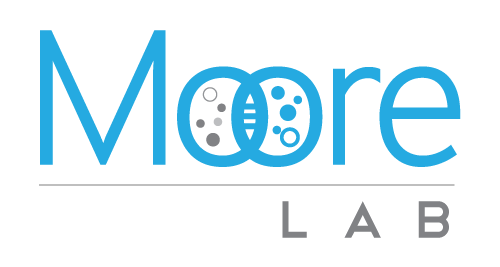REGENERATION OF THE ADULT CENTRAL NERVOUS SYSTEM
There is limited regenerative capacity in the adult mammalian central nervous system (CNS). My lab studies this loss of regeneration in two different contexts:
Adult neurogenesis, where neural stem cells (NSCs) make newborn neurons in the adult brain
CNS axon regeneration following an injury
Specifically we determine how changes during development and aging influence these aspects of regeneration.
Adult neurogenesis
NSCs in the hippocampus generate newborn neurons throughout life in a process referred to as adult neurogenesis. Adult NSCs are primarily quiescent, in a reversible G0 state. Upon receiving a signal, quiescent NSCs (qNSCs) activate, entering the cell cycle to initiate population expansion, differentiation, maturation, and integration. During aging and disease, extrinsic and intrinsic factors drive adult hippocampal NSCs deeper into quiescence, reducing NSC quiescence exit, ultimately contributing to cognitive decline. My lab works to identify factors controlling NSC quiescence and quiescence exit to improve neurogenesis and ultimately identify targets to enhance cognitive function. We specifically have focused our efforts in the following areas:
Proteostasis
Translational control
Asymmetric inheritance of specific cellular cargoes during mitosis
Creation of imaging tools to identify qNSCs
How this translates to cancer
CNS Axon Growth and Regeneration
Despite decades of study in rodent models, there is still no “cure” for CNS injuries such as spinal cord injury (SCI). The lack of human-specific and age-specific models of axon growth may be a crucial limiting factor in identifying translational targets for treatment of human SCI. Thus, we used direct reprogramming of human fibroblasts to neurons, bypassing pluripotency to maintain the age of the original cell, to create human neurons of different ages. We hypothesize that a species- and age-specific model will lead to the identification of axon growth regulators that could be targeted for development of more effective therapies for human SCI. Our research in this area has focused on:
The developmental loss of intrinsic axon growth ability in human neurons
Epigenetic regulation of axon growth and regeneration
To address these questions, the Moore lab uses cell biology, biochemistry, molecular biology, genetics, and computational approaches. We also specifically focus on using advanced live imaging technologies, including FLIP, FLIM, FRAP, photoactivation, 4D timelapse, in vivo cranial window imaging, and computer learning-based high-throughput imaging to address our scientific questions. If you can see it, you can believe it.
Vimentin (green) is inherited by the non-stem progeny during cell division. mKusabira Orange outlines the apical progenitor.

